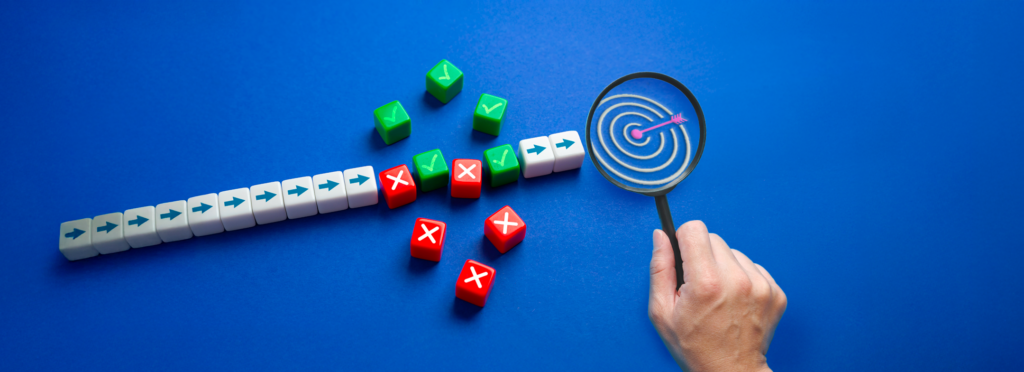Encourage Students to be Resilient and Embrace Mistakes

The ability to grow and keep trying when you don’t succeed — resilience and grit — are key to cultivating a growth mindset, in academics and in life. I like how the business world has coined the term “failing forward” to mean using mistakes as stepping stones along the road towards achieving your goals.
– Amy Erin Borovoy

INTRO
Knowing how to learn from failure can be a key to success. Model and reinforce the benefits of failure with your students. Encourage students to be resilient and embrace mistakes.
ACT skills and behaviors help students take ownership and successfully manage their learning. These skills include the ability to be self-directed, collaborate, set and meet goals, persist through challenges, learn to take notes effectively, and manage time well.
OBJECTIVES
- Model and reinforce the benefits of failure with your students
- Encourage students to be resilient and embrace mistakes
ACTIVITY
- Model and reinforce the benefits of failure with your students.
- Encourage students to be resilient and embrace mistakes.
- Share this Video Montage from Edutopia with your students for some great examples.
TIPS
- Little Things, such as the above activity, are smaller efforts you can do tomorrow, or within the next week.
- Like this activity? Check out Inflexion’s full-page ACT document for more ideas.






Responses